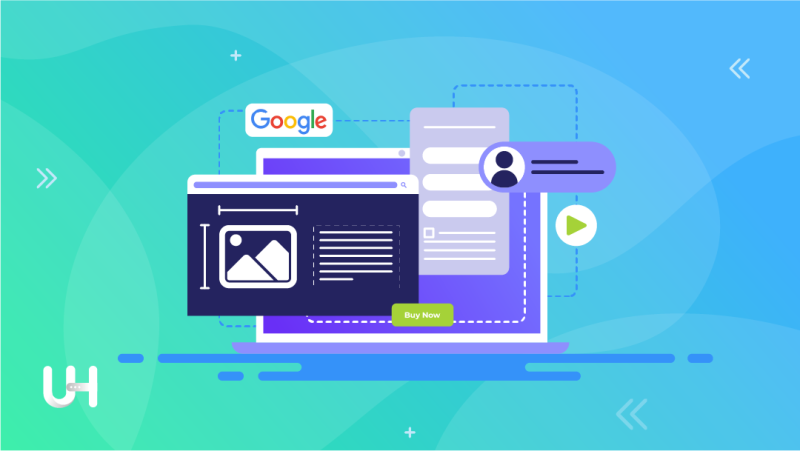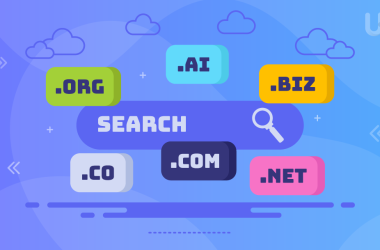There are multiple no ways to improve Google search ranking. Generally, all are categorized into three categories. Which are discussed below:
- On-page SEO.
- Off-page SEO.
- Technical SEO.
But in this article, we are going to discuss only on-page techniques in improving our Google search ranking, because it plays a key role in term of conversions and customer experience:
On-page SEO techniques in improving Google search ranking:
Critical Practices to optimize Web Pages (on-page SEO):
- Publishing high-quality content.
- Writing appropriate Meta description.
- Optimization of page content.
- Optimization of images and other multimedia elements.
- Optimization of the URL for the desired websites.
- Internal Link Building.
- Ensuring a mobile-friendly website.
On-page SEO is not only about publishing High-Quality Content, but it also includes the optimization of the Headlines, HTML tags (title, Meta, and header), and Images. By having all the above-discussed characteristics in a site landing page, some can achieve expertise, user attention, and trustworthiness of their website. So, the essential practices for all the On-page SEO techniques are below:
Publishing high-quality content:
An SEO practitioner must know about the characteristics of good quality content and must have knowledge of the niche and targeted audience. So, the content of the website should have the following features:
- Content should be original.
- Content should be exclusive/unique for the website.
- Content must be attractive, and purpose dedicated.
- Useless content should be eliminated.
- Content should be well researched.
- Content should satisfy the search intent.
Meta Description:
A meta description is an attribute within the header of a page in the “meta tag”, that is helpful in describing the information of any page on the website. So, the meta description of any website should be concrete and concise, and the length should be according to Google’s defined pattern. A well-written meta description can provide insurance to help organic traffic for any website.
Optimization of page content:
Optimization of the page content is all about deciding on related keywords for any particular website. Before publishing content, it is necessary to do keyword research. After determining the keywords, anybody can use them in their titles, descriptions, headings, and page content. Here is a mandatory question, how anybody can prepare a list of related keywords? So, the answer is he/she can do this with the help of Google suggest. Whenever anybody starts typing any query in the Google search console, Google will ultimately begin to show the recommended keywords so anybody can make a list of LSI KEYWORDS from there and use them in his/her content to improve the ranking of his/her website. Besides these related keywords can also be acquired from the options like (people also ask, related searches), etc.
Optimization of images and other multimedia elements:
Everywhere images and other multimedia elements are considered the best part of any presentation. Here also in the world of websites, images and multimedia play a crucial role in making any website attractive, eye-catchy, and user-friendly. They make pages of any website understandable and more attractive. But the biggest problem with the images is that the Google crawler cannot easily recognize those images which will ultimately affect the loading speed of the page of any website. So, to optimize the speed of the multimedia elements or images following should keep in mind:
- Try to avoid using an existing image from the web via hyperlinks.
- Try to use original images.
- If you have to use an existing image from the web, then you should have to reference the ultimate source.
- Try to use a smaller size image [bytes].
- If the size of the image is large, then try to compress it into smaller bytes.
- Try to use the descriptive names of the files which best describe the nature and purpose of it, i.e., instead of image.jpg use man_doing_exercise.jpg
- Try to use ALT tags to elaborate on the characteristics of an image so that it becomes more understandable for the search engine’s algorithms.
- If it’s possible, it was a good practice to use some different servers to host images.
Optimization of the URL for the desired website:
Optimization of the URLs of any website also has a vital role in the maximization of search engine optimization. So, to accomplish this process, one should be familiar with the two significant parts of it. The first part is URL optimization which is also familiar to everyone as a domain, and the second is the URL structure which is called a slug. So, to improve the Google search, the characters of any URL domain should be less than the number 255. Hyphens must be used among the slugs to separate the different parts, for example, https://ultahost.com/blogs/.
So, the best practices to accomplish the optimization of any structure of URL are, as the structure of any URL should mimic the actual construction of the website. For example, a good structure category is a Homepage > Social Media > Facebook > Article.
Internal Link Building:
After discovering a page search engine spider follows both the external and internal links on the page of your website so if there is not any link present on your page spider will only read the page information and go back on the other hand if your page has any absolute no of links it will take into spider’s account as well. There are several essential pages every website has. So internal linking pinpoints the most critical pages through the help of sending important internal links. So, while doing internal linking following point should be followed:
- Avoid the use of keywords only for the internal links.
- Only add useful internal links that you feel shall be helpful for your user.
- Whenever it is possible just try to add links in the body of the page besides adding them into the footer or sidebar.
Ensuring a mobile-friendly website:
Now a day’s almost 70% of the user is on mobile, and 70% of searches are going on through the help of mobile. So, to escalate this, your website should be mobile-friendly. There are specific tools to ensure that your website is mobile-friendly or not, for example, Google mobile-friendly tool, etc.
Above all mentioned techniques are categorized into the ON-page groups, and all are quite essential to improve the Google search ranking. Besides this there are many other techniques as well like off-page and technical SEO, these both deal with the analytics and the coding side of the websites but here we only discussed the design side, which is the backbone of any website, also known as On-page search engine optimization.
If you enjoyed this article, then you’ll love UltaHost hosting platform. Get 24/7 support from our support team. Our powered infrastructure focuses on auto-scaling, performance, and security. Let us show you the difference! Check out our plans








